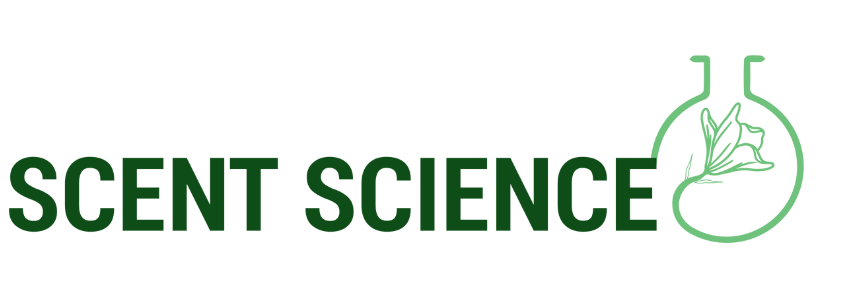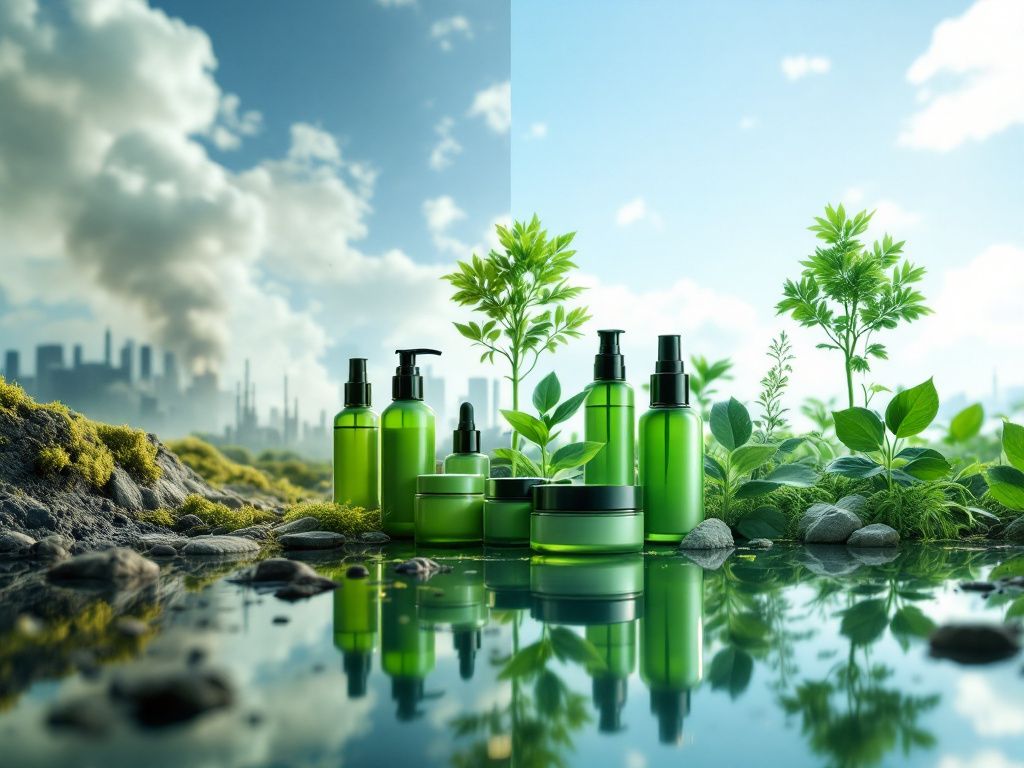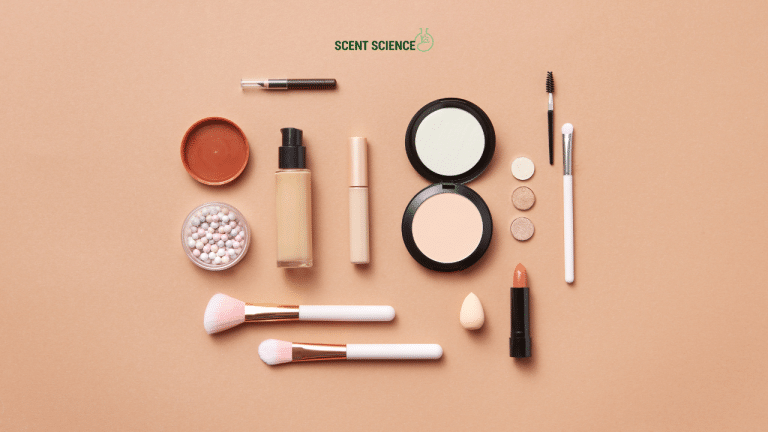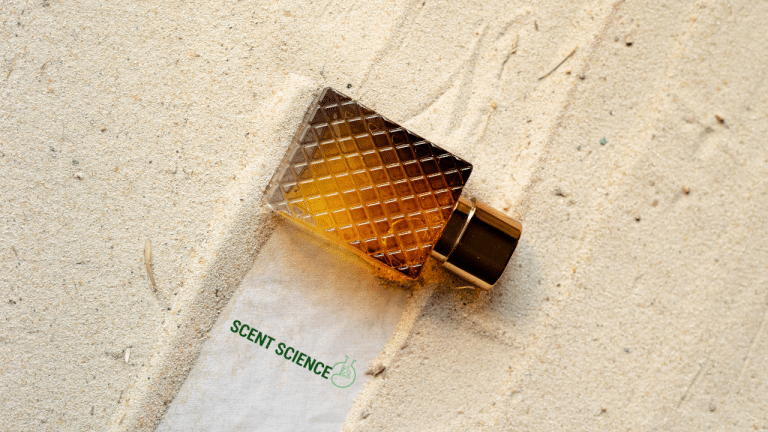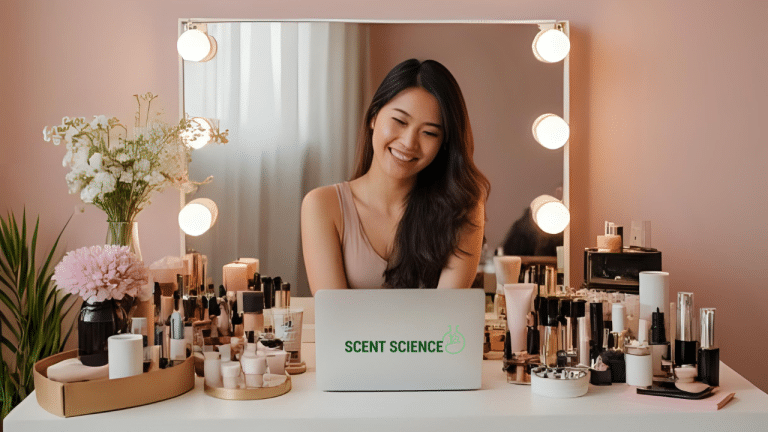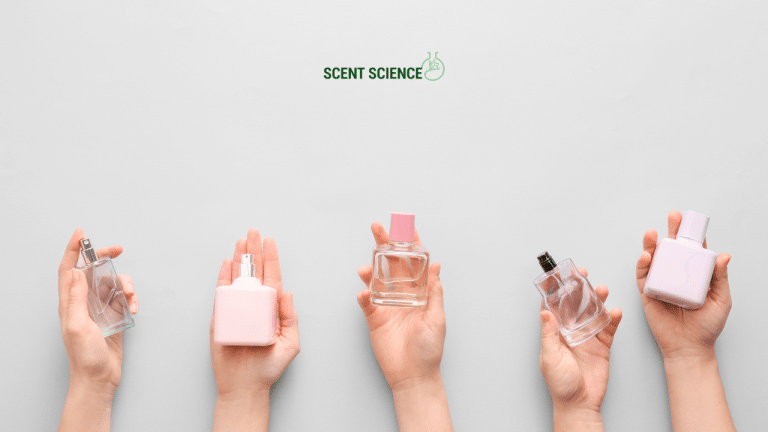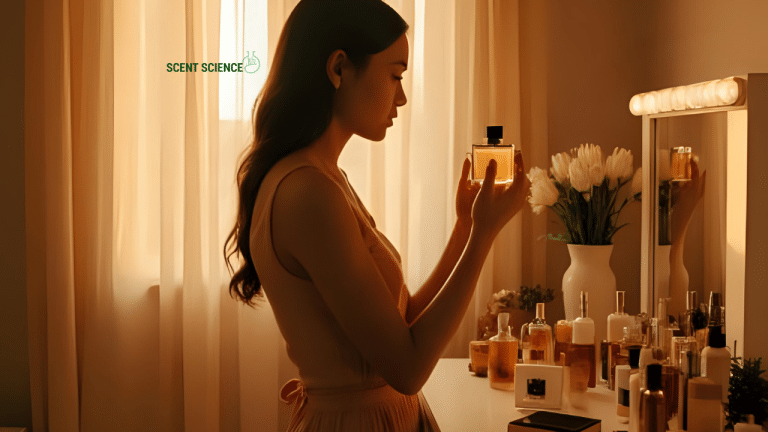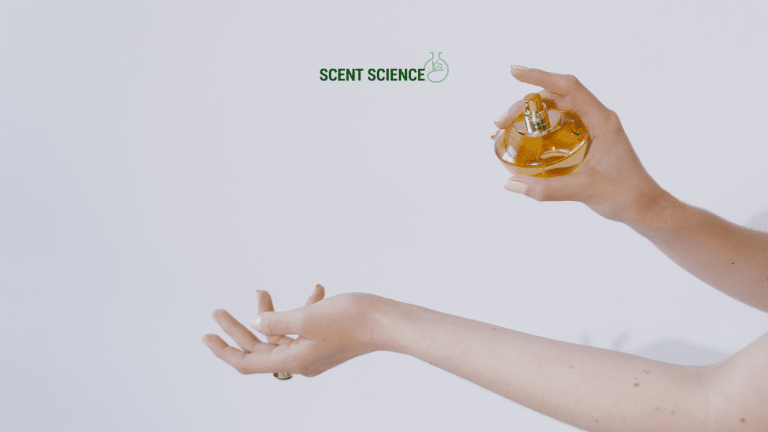Hey there! Let’s dive into something that’s probably been under our noses (and on our skin!) but maybe not really top-of-mind: green tech in cosmetic production. Yeah, I know we hear a lot about “green” this or “sustainable” that in loads of industries these days. It’s buzzword central, right? But have you thought about how this all shapes up in the realm of beauty products—the stuff that many of us use every single day?
Table of Contents
ToggleWhat’s Up with Green Tech Anyway?
First things first. Why the big fuss about green tech in beauty products? Well, think about it: skies a little gray, ocean temperatures rising, and those heartbreaking wildlife photos? Yeah, they all tie back to our choices. The beauty industry, believe it or not, plays a part in this environmental chaos because, let’s face it, stuff like plastic packaging and synthetic make-up doesn’t just vanish when we’re done with them. They sort of hang around… like, forever. No kidding.
Now, speed ahead to cosmetic brands, trying to strut the eco-friendly runway. They’re bringing in green tech to tackle these very problems. Green tech in cosmetic production means using tech that reduces waste, lowers carbon footprints, and maybe even makes our planet a little greener again. It’s about smart ingredients, eco packaging—that whole shebang.
Unpacking Green Ingredients
The Plant-Powered Shift
So, what does “green tech” change inside your face cream? For one, it’s trolls through the ingredient list like your most judgmental friend deciding what’s hot and what’s not. Green tech makes sure we source ingredients sustainably—think plant-based compounds like algae or bamboo extracting herbs from nature without stripping it bare. This is the deal: labs engineer nature’s goodness without big, bad ecological footprints.

Upcycling and Biofermentation
Ever heard of apple skin extracts from juice companies ending up as exfoliants in scrubs? Wild, right? Green tech thrives on such concepts—upcycling potential beauty stars from the throwaways of other industries. Plus biofermentation is epic. Briefly put, it’s using microorganisms to enhance something’s beneficial properties. It’s like letting tiny organisms work the night-shift to craft potent skincare actives, requiring less water and energy. Clever and efficient. Imagine skincare born from this mad science!
Bye-Bye Single-Use Plastics
Packaging Innovation
Cosmetic brands are having their love affair with low-impact packaging and rightly so. Eco-jars and compacts are superseding their mass-produced plastic cousins. You get glass bottles, recycled cardboard, or stuff from biodegradable materials. There’s minimalistic designs where they’re washable and refillable, ‘cause what’s cooler than concealing your foundation’s eco-story in a reusable compact? Trust me, it’ll impress.
Let’s go numbers for a moment: did you know that the beauty industry generates more than 120 billion units of packaging every year? Ridiculous. Switching even a fraction of this to sustainable alternatives could make a massive dent.
Waterless Beauty Products

Another quirky twist is swapping out heavy water content in products. As big a deal as it sounds, think about shampoos and conditioners that come in solid bars. These babies pop out gorgeous needs to give every drop a run for its money. Less space taken up, less water wasted. Plus, with less volume, lighter packaging becomes an option—more eco points, right there!
Energy Efficiency in Production
The green journey in cosmetic production doesn’t stop at ingredients or packaging—it’s also the method of making them. Imagine factories adopting renewable energy, powered by sun, wind, or thermal. We’ve witnessed a bunch of smart designs and energy-efficient practices arising here.
By optioning cleaner processes and tech, companies slash emissions and energy needs. We’re talking LED lighting, smart HVAC systems, wastewater recycling. There’s a heap of noise around lowering fossil fuel reliance and, honestly, it’s the sort of noise we should be all ears for, consistently.
Automation and Precise Manufacturing
Here’s a thought: if you can automate production while ensuring efficiency and accuracy in mixology, you minimize waste. Automated systems lead less product loss and binned batches, translating less excess dining on landfills.
Green Certifications & Consumer Trust

Here’s the kicker: green tech is also about reassessing our relationship with nature and regaining consumer trust. But how would you know if that moisturizer is just green-washed marketing? Look for those third-party certifications. EcoCert, Leaping Bunny, USDA Organic—not only do these sound legit, but they also back their claims! Certifications give reassurance that brands are not just talk and lipstick, they’re genuinely aligned with sustainable development aims.
What’s Next in the Journey?
And you thought green tech was limited to maybe recycling and a couple of botanicals! Imagine what’s brewing next. Smart formulations discovering even fiercer results, technologies capable of cleaning vast water bodies used in production, maybe even smart-packaging communicating when it’s time for reuse.
The natural cosmetics crusade gains momentum annually due to consumer vigilance and tech leaps. There’s no stopwatch to GBV—greener, better, vainer. Alright, I made that up—but all hail universal progression toward conscious consumption.
Let’s Wrap It
So there it is, a nudge and a curiosity-spike session of green tech epitomized through our usually flashy, glamazon cosmetics. Greener isn’t just rightiously avant-garde now—it’s the necessity answer to the industry’s historic environmental neglect. As consumers, our progressive hopes, fleeting choices, product picks harmonize to tip economics and ecologies lovingly in kind’s favor.
Tracking green tech in cosmetic production isn’t a reserve course about savvy veganism; it’s clued investigations into how earth-bounded actions align with deducing, captivating pretties. Just the facts, muddled inklings, and shared insights. Beauty wake-up calls don’t usually slap like routine coffees, but says anyone forgetting dimension, possibilities flow—cosmetically radiant and promising overall more earthly joys.
Frequently Asked Questions
What are the benefits of using a hair mask in my hair care routine?
Using a hair mask can provide several benefits, including hydration, smoothing, strengthening, curl definition, heat protection, and damage repair. Hair masks infuse the hair with moisture, help coat the hair shaft to seal split ends, reduce breakage, and protect the hair from heat styling and environmental damage[1][4].
What ingredients should I look for in a hair mask?
Effective hair masks often include ingredients such as coconut oil, argan oil, shea butter, honey, avocado oil, green tea, and coconut water. These ingredients provide nourishment, moisturize, and protect the hair, offering benefits like softening, moisturizing, and protecting against damage[2][5].
How often should I use a hair mask in my routine?
You should use a hair mask whenever your hair feels dry, unmanageable, or in need of intense hydration. This can vary depending on your hair type and needs, but generally, using a hair mask once or twice a week can help maintain healthy and moisturized hair[1][4].
How do I apply a hair mask for the best results?
To apply a hair mask effectively, shampoo your hair first, then apply the mask, focusing especially on the ends where hair tends to be the most damaged. Leave the mask on for anywhere from 10 minutes to overnight, depending on the type of mask and your hair’s needs[1][4].
References